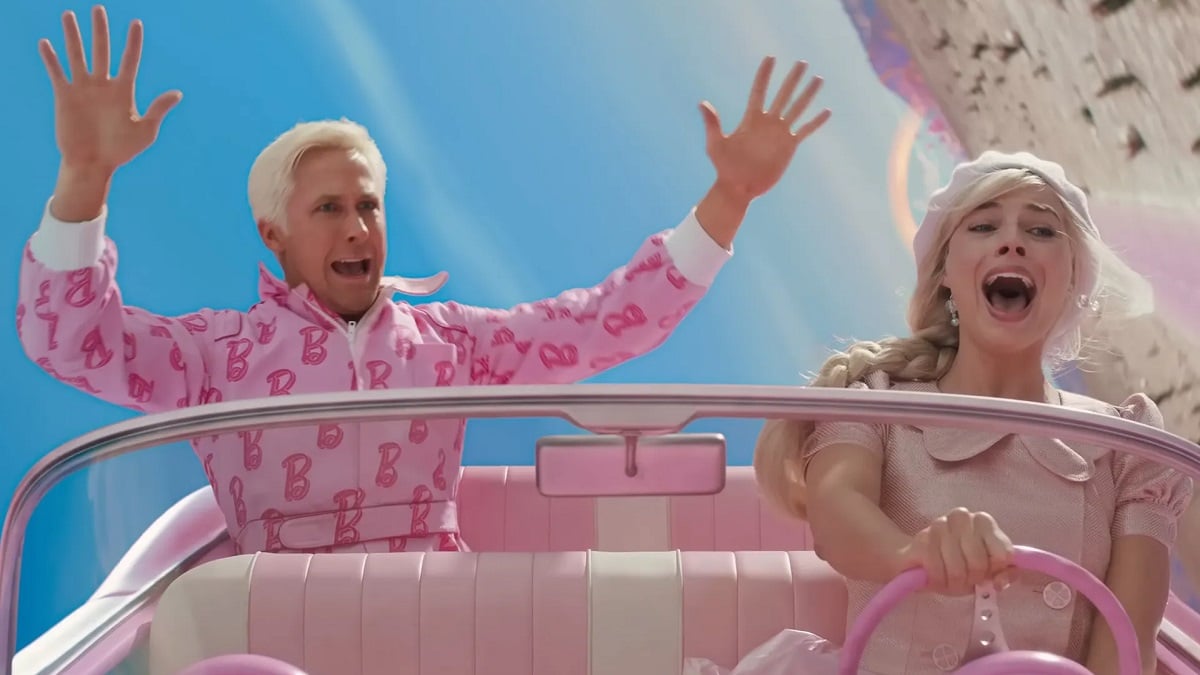By all accounts, Greta Gerwig’s Barbie movie has been a rip-roaring success. As of the beginning of August 2023, the film is set to hit the milestone of $1 billion at the box office, just two weeks after its July 21st release, according to Deadline. Should trends continue, Barbie will be the biggest movie of 2023, skating past members of mega-franchises like Marvel’s Guardians of the Galaxy Vol. 3 and Indiana Jones and the Dial of Destiny.
As well as a financial success that is attracting moviegoers to theaters at a record-breaking rate, Barbie is also hit with critics and audiences alike. Currently, the film sits at an impressive 88% on Rotten Tomatoes from over 400 reviews, in addition to earning a perfect A grade on CinemaScore. Its direction, performances (particularly from leads Margot Robbie and Ryan Gosling), and visuals have already been hotly tipped for Oscar nominations in 2024 — a somewhat unusual feat for a box-office hit based on intellectual property.
Originally set up as an act of counterprogramming, Barbie and Oppenheimer’s joint opening, known collectively as “Barbenheimer,” has become a phenomenon in itself. The use of memes and strong word-of-mouth online for both movies have generated unprecedented interest in going to theaters for a double feature, despite the stark contrast between them. Theaters have not seen attendance levels like this since before COVID-19 — and even then, that success over the past two decades has been sporadic, awarded to mostly Marvel movies.
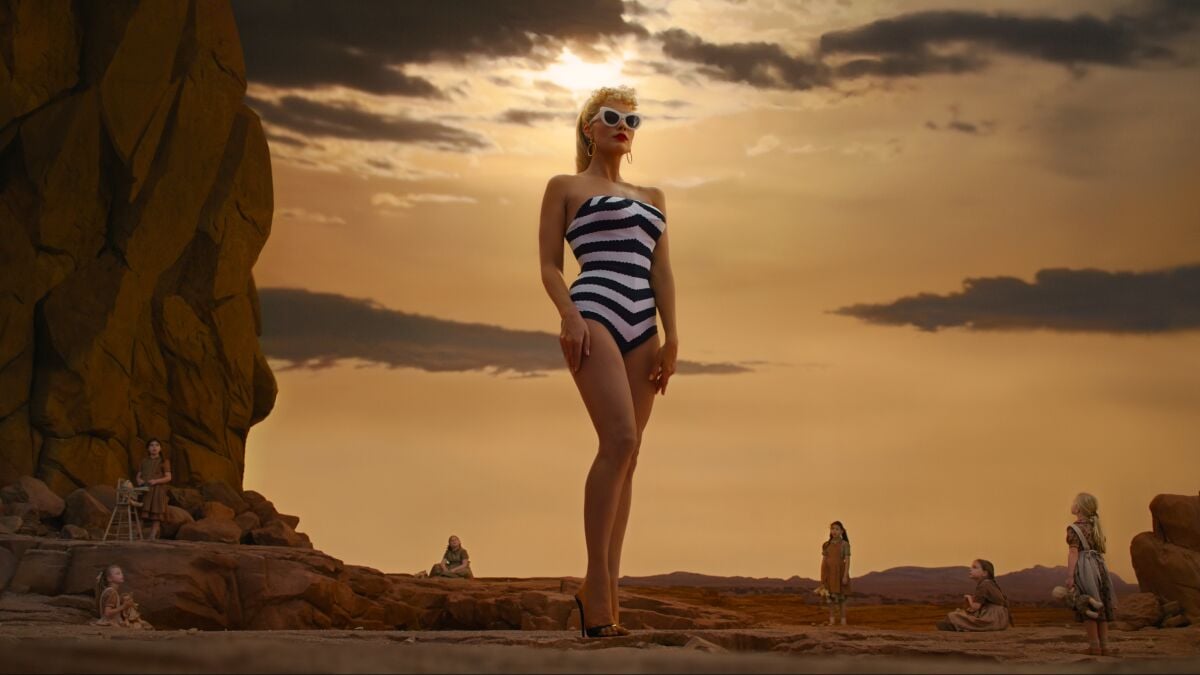
Even with established IP and a hefty marketing campaign by Mattel and Warner Bros., known as “Operation Barbie Summer,” Barbie’s success is still pretty miraculous. Given the brand’s natural appeal to female and family audiences, as well as its tickled-pink aesthetics, the movie’s cross-cultural charm has still managed to draw in moviegoers that are childless, adult, and male. This corner of the market had already been offered Oppenheimer, but the crossover event involving both films has managed to get the world excited about going out to the movies for the first time in forever.
Barbie has bucked many trends that were previously thought by studios to be guaranteed moneymakers. Instead of using a green screen and digital sets, Barbieland was a real set that the actors could walk around and immerse themselves in. “Everything needed to be tactile, because toys are, above all, things you touch” director Greta Gerwig explained to Architectural Digest. Even Barbie’s unnaturally-arched feet were created with the practical effect of having Margot Robbie hold onto an off-screen bar, according to Robbie herself. “I always try and do my own inserts,” Robbie explained to Fandango.
In this embrace of old-school filmmaking techniques, Barbie also adopted many tropes that newer films have abandoned, possibly assumed to be cringeworthy or old hat in the eyes of moviegoers. Its technicolor-like sets and uninhibited approach to costumes and hair styling make most modern Disney movies look rather drab in comparison, especially with the studio’s current favoring of live-action remakes that disregard animation’s approach of bright colors and maximalist art style.

Even Barbie’s singular musical number and use of a rap song about the movie in the credits — two tropes of the past that have been seldom seen since the 1990s — have been well-received by audiences. Its embrace of camp and all things deemed “girly” are creative risks that have clearly paid off, despite the reluctance of movie studios to engage with them. Even billion-dollar movies with female characters at its center, such as Captain Marvel or the more recent Star Wars movies, take place within fictional worlds that have an established appeal to male moviegoers.
Blockbusters that directly appeal to female audiences are still very much a rarity, despite the few examples of such being majorly successful. Take the 2011 movie Bridesmaids, for example — a film with an almost entirely female cast, with a plot centered around a group of women planning their friend’s wedding. However, Bridesmaids was a universal hit, attracting both male and female moviegoers in droves. The movie earned a staggering $300 million at the box office, as well as two Academy Award nominations; for its screenplay, and Melissa McCarthy’s performance for best actress in a supporting role.
These achievements are a rarity for comedies on their own, let alone for one marketed at adult women to watch on a girls’ night out at the movies. However, no lessons seem to have been learned from Bridesmaids’ success, as few movies that cater to women directly have been made since. The movie’s director, Paul Feig, was soon tasked with directing a remake of Ghostbusters with an all-female cast, including a reunion with Bridesmaids stars McCarthy and Kristen Wiig. This muddled takeaway from Bridesmaids by studios, where female characters are centered in established IP with a predominately male fanbase, was a financial flop, failing to draw in female audiences in the same way.
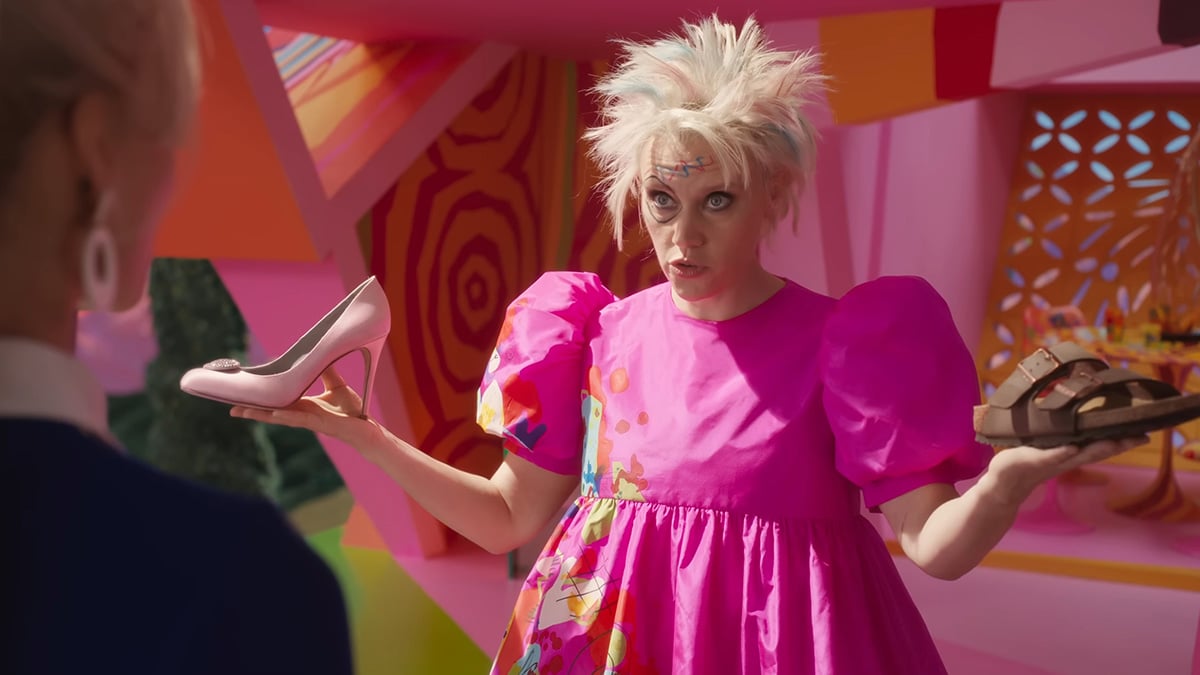
Understandably, Warner Bros. is pretty keen to get a sequel to Barbie underway. Once more, studio heads appear to be learning the wrong lessons from its success — this time in the form of a prospective “Mattel cinematic universe.” As reported by Variety, Barbieland will be joined in a shared universe with Hot Wheels, Polly Pocket, and even the card game Uno. For Warner Bros., the message from moviegoers is that they like movies about toys they recognize from childhood.
Shared universes have been a major blueprint for Hollywood since Marvel lit the fuse with Iron Man in 2008, launching the Marvel Cinematic Universe (MCU), bolstered by the Walt Disney Company. Many franchises with a rich variety of characters and storylines to choose from, such as DC and Star Wars, have similarly followed suit. Their longevity and audience reception have been met with varying degrees, especially with so much competition stacked against them.
For example, the DC Extended Universe (DCEU) is looking to close and restart a new universe following its polarizing reception from fans. After a long struggle, the universe was ultimately killed off by The Flash movie’s record-breaking bombing, and who could forget the “Dark Universe” that was meant to be kickstarted by Tom Cruise’s 2017 remake of The Mummy? For universes that include ventures onto the small screen, it’s difficult to stand out in a “golden age” of television.
If anything has been clear over the last few years, even the grandest of gravy trains eventually slow down. More recent Marvel efforts, such as the third Ant-Man movie and the critically panned Secret Invasion series on Disney Plus have failed to attract viewers the way the universe had previously. Even cultural phenomenons like The Mandalorian have lost a lot of interest, as their third season was bogged down by a requirement of knowledge of characters and storylines from connected shows like The Book of Boba Fett, ordered in bulk by Disney after the success of the initial series. Even something once as fun and simple as hanging out with Baby Yoda quickly turned into feeling like homework.
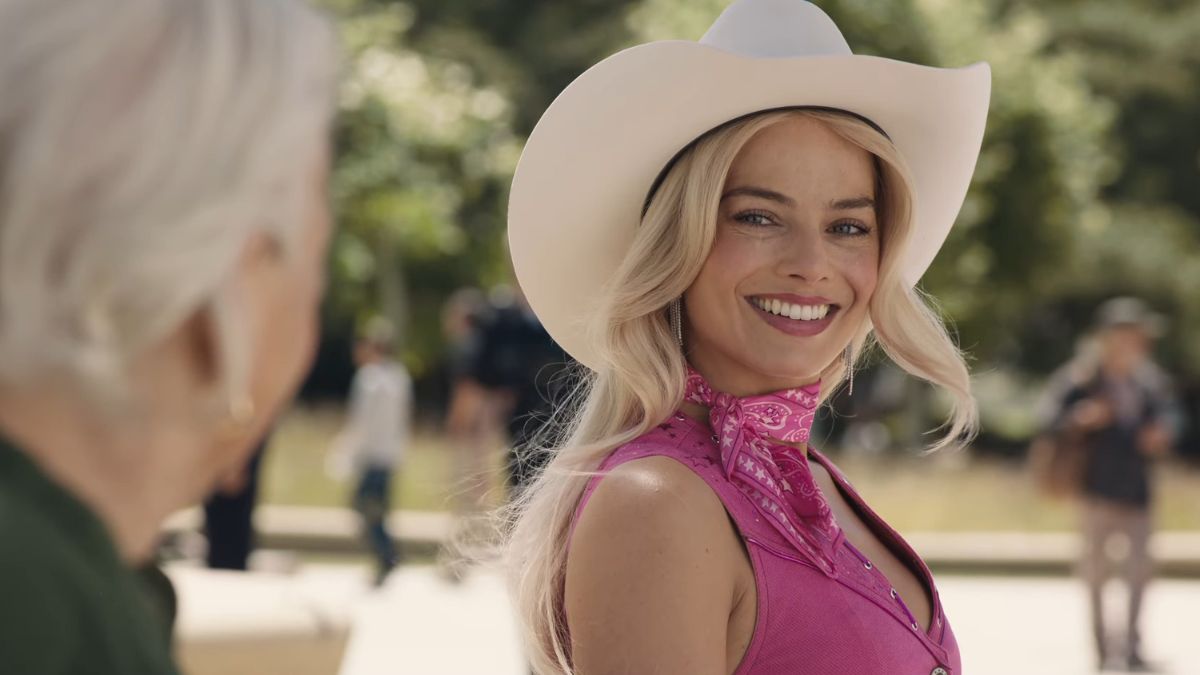
Cinematic universes are a great opportunity to expand on beloved characters and storylines past the confines of a TV show or movie’s runtime. They’re also exhausting. With so many universes continuing storylines across multiple forms of media, it is so easy for viewers to lose track of new stories from a plethora of movies and shows, and even easier to lose interest.
Much of this feeling can explain the success of Barbie. In a time where many franchises have a required reading list similar to that of a college course, Barbie is a mostly-original story that requires no other knowledge of another piece of media. Even a person who had somehow never heard of the Barbie doll would be able to follow the plot without issue. With minimal use of modern technical advances and focus on a sharp screenplay and performances allowed to thrive in a world of its own, Barbie’s success with audiences seems to scream the famous KISS principle — “keep it simple, stupid!”.
That’s not to say, however, that Barbie can never have a sequel. With the movie ending on its titular character moving to the real world, while her former partner Ken tries to learn who he is on his own, there are so many storytelling directions to go in. These could easily expand on the original story without falling into the trappings of an unneccessary sequel. Audiences would certainly be hungry for more of this type of movie, but only if they get the fresh-feeling film that comes without extensive lore and required watching prior to arriving at the theater.
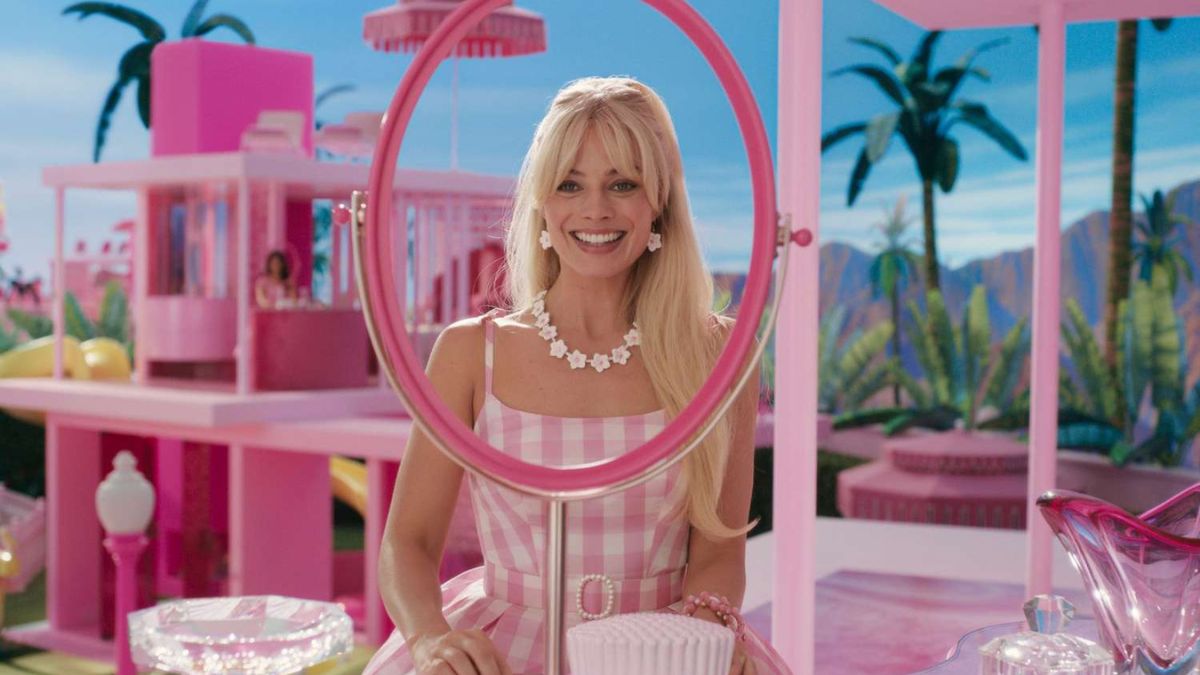
When asked about a potential Barbie sequel by The New York Times, Greta Gerwig recently stated that she is “at totally zero” after finishing the movie. This is actually a good thing. Should a Barbie sequel come to fruition, Gerwig should be able to start with a clean slate, able to move in any creative direction she and co-writer Noah Baumbach wish to go.
Any attempt at making a “universe” of Barbie, a movie that enchanted audiences in part due to its originality, fails to understand why the film was such a hit in the first place. To break the film’s cast into smaller chunks and shoehorn in Easter eggs from other brands for the sake of audience recognition would only take from what made the movie stand out. As funny as an Allan solo movie may sound, this pattern of behavior from movie studios will only cause the interest of moviegoers to wane once more.
Even if initially successful, an expansion of Barbie into a shared universe would be like when the Kens took over Barbieland and turned it into the “Kendom.” Anything that made it unique would be chipped away at until there was nothing special left. A continuation of its story should embrace a singular story thread rather than crushing it into pieces. There’s a reason why moviegoers made Barbie into an event, dressed in pink and bringing their friends and family along for the ride. Turning the film into what every other major film studio is serving will ensure that lightning will never strike twice.

